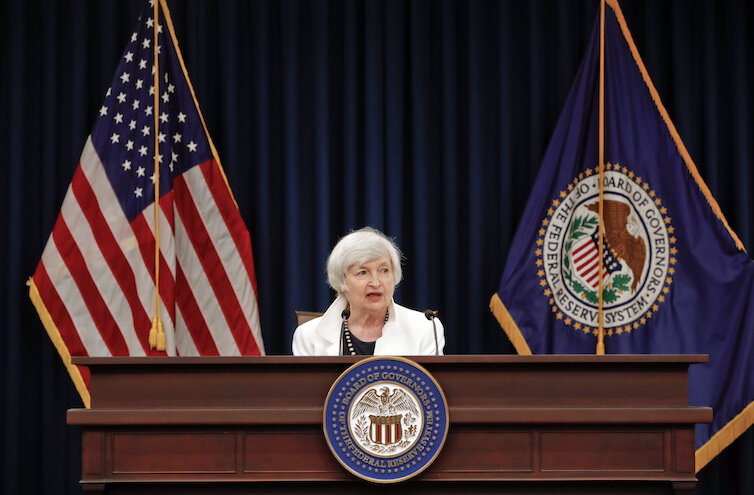Policy rules and central bank independence

When explaining the need for central bank independence, economists and central bankers often turn to the metaphor of Odysseus and the Sirens. In order to hear the song of the Sirens without being drawn toward certain doom, the legendary Greek hero had his crew tie him to the ship’s mast, plug their ears with wax, and sail past the Sirens. Just as Odysseus saved himself and his crew from shipwreck by creating a binding commitment, so too can governments, according to this metaphor, protect themselves from the temptation of goosing inflation to boost economic growth by giving central banks independence.
As President Donald Trump seems ready to announce his nominee for chair of the Federal Reserve System this week, it may be time to revisit this metaphor. It was crafted at a time and place when the fear around inflation was that it would get too high, a fear confirmed by the high inflation of the late 1970s. Being concerned that elected officials would overheat the economy to win reelection and accidentally smash the U.S. economy against the rocks made more sense when the Sirens’ song seemed to have worked in the recent past. More recently, however, some members of Congress have raised concerns that monetary policy has been too loose despite inflation running consistently below the Federal Reserve’s inflation target of 2 percent. Today, the bias of elected officials isn’t always toward running the economy too hot.
The Federal Reserve has to balance a number of concerns as it navigates changes in the U.S. economy. A more apt metaphor today could be Odysseus’s attempt to sail between the riptide monsters Scylla and Charybdis—forces in the economy that would require tighter policy and those that necessitate looser policy. The issue is that sometimes the central bank might have to veer further toward one creature in order to get away from the other and safely continue on. This ability to steer the ship is the very independence of the Federal Reserve to use the federal funds rate and other policy tools to hit congressional mandates.
The Fed, in theory, is allowed to use the federal funds rate however it likes to fulfill its mandate. But some recent legislation—most recently the Financial CHOICE Act—would try to reduce the amount of leeway the Federal Reserve has when it comes to setting interest rates. The bill would require the central bank to compare its policy rate—the federal funds rate—to the proscribed rate arrived at according to the so-called Taylor rule. That rule, or more accurately a version of that rule, calculates an interest-rate level based on how far inflation is from the central bank’s target, how far current Gross Domestic Product is from its potential, and the equilibrium interest rate. While not explicitly ordering the Fed to follow a Taylor rule, the constant justification of why current policy is deviating from the rule is likely to have a similar effect.
Such a rule is trying to create consistence in the Fed’s “reaction function” based on past reactions to changes in GDP and inflation. The problem is that a Taylor rule assumes that unobservable variables such as potential GDP or the natural rate of interest can be readily determined and agreed upon by all the members of the Federal Open Markets Committee, who set the federal funds rate—a presumption that may not occur in reality.
Furthermore, these unobservable variables might change over time. Think, for example, of all the research on the decline in the equilibrium interest rate. If the Taylor rule had been in place for quite some time, it’s not certain the underlying variables to determine the natural rate of interest would have stayed put. A “reaction-function rule” is akin to the passengers on Odysseus’s ship specifying exactly when and how hard the captain and crew should row based on previous trips between Scylla and Charybdis, without considering whether the currents have changed over the years.
The general public and their elected officials are not simply passengers on a ship. They have a right and an obligation to set the role of the Federal Reserve because the central bank has tremendous influence over the health of the U.S. economy, and it should be bound to hit targets and goals that are set in a democratic manner. But there is room for sensible delegation—not fixing the navigational points regardless of economic conditions. Making sure the delegated powers and goals are well-defined and that the central bank uses its powers to actually meet those goals seems the proper role for elected policymakers.
